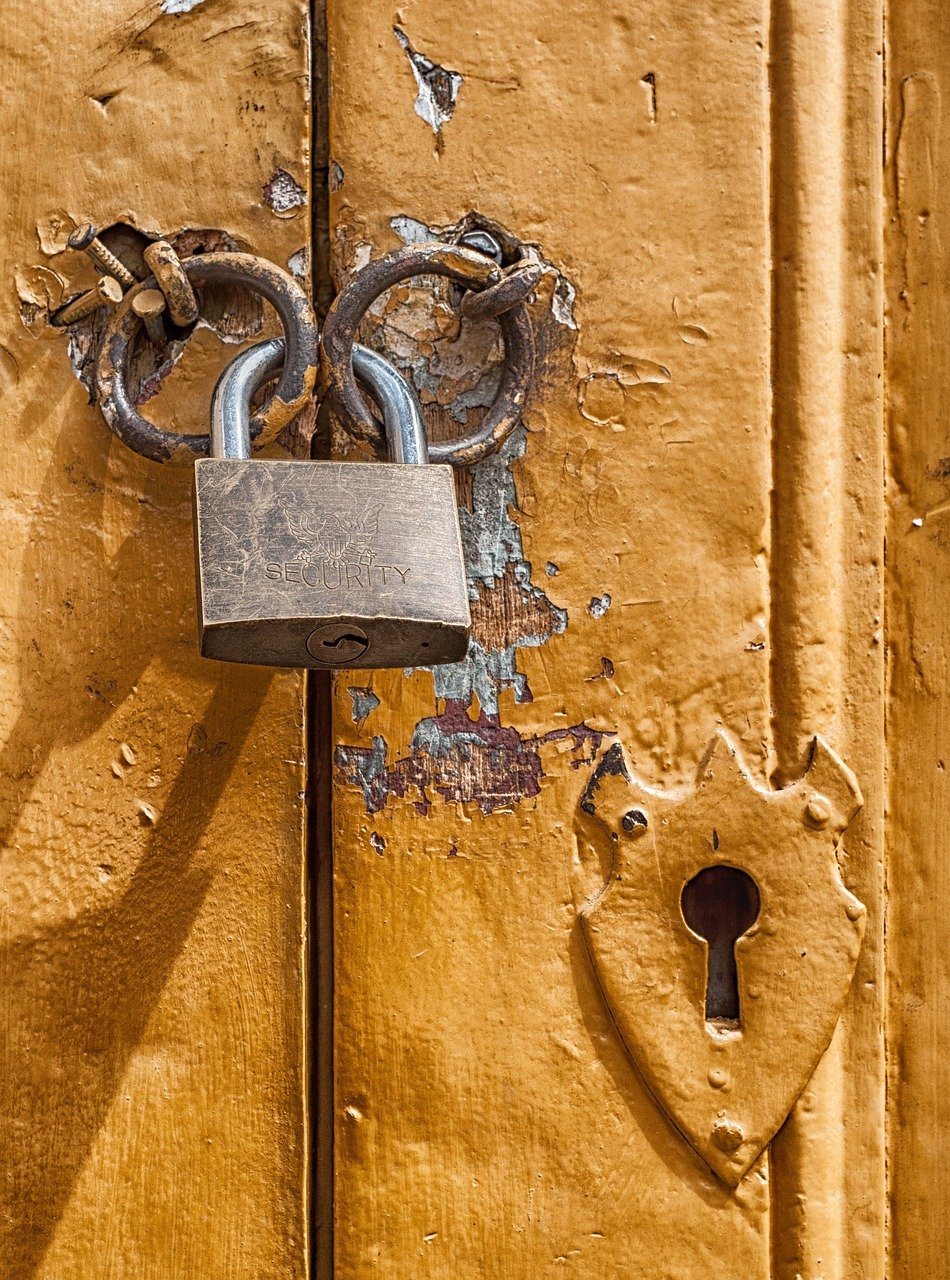Let’s start with identifying the different types of abuse that exist with examples;
- Emotional/Psychological – Shouting, berating, Social isolation, removing mobility/communication, preventing of choice/opinion, threats of harm, cyber bullying, threats of harm.
- Neglect – Restricting or withdrawing access to food, shelter, clothing, heating, activity, personal, medical care. Failure to administer medication as prescribed.
- Physical – Hitting, slapping, Scaling, burning, physical punishments, scalding, burning, forcible feeding or withholding food
- Financial – Theft of money or possessions, fraud, preventing from accessing own money, exploitation of a person’s money/assets, undue pressure/threat to take out loans, wills, property etc.
- Sexual – Indecent exposure, rape, attempted rape, sexual harassment, sexual photos
Traditional Values
Within the south Asian community, any type of abuse is not actively spoken about. The reason behind this seems to be embedded within traditional mind-sets of keeping all business ‘behind closed doors’ and portraying a ‘perfect’ lifestyle. This enables abuse to be kept hidden within households. This could be due to the fear of speaking up and often the repercussion of anybody else finding out. Why do we feel the need to portray a ‘perfect lifestyle’? What is ‘perfect’? There is a huge focus on some traditional embedded values of ‘respect’ and ‘honour’ within the south Asian community which also prevents abuse from being discussed. The irony within these values is that abuse is neither respectful or something that shows honour. Due to the dowry system that is still very much present today, girls/women are treated as second class citizens by men and may also be seen as burdens by their parents when born due to the costs associated with marriage. A dowry is the payment of money, goods or property that a bride of her family gives to the groom or his family at the time of the marriage. This also forms part of a wider problem in society where girls were being drowned at birth due to parents not being able to afford their dowry. When boys are born, the family cherish this and celebrate because the males carry the family name forward and are often treated as if they can do nothing wrong. They are placed on a pedestal but this can also come with pressure and feeling like failures when they may fall short of the expectations set by their elders. The community will also judge girls that are unmarried and treat them/their family as if something is wrong with them. This creates talk amongst the community, being outcasted and made to feel shameful. This can form part of a cycle of abuse/judgement and pressure from a young age towards girls/women and boys/men. What about the woman’s voice? Why does she not have a choice? Once a woman gets married, she is in effect the in-law’s ‘problem’ and should adhere to the rules of their household. If she steps out of line or behaves in a manner that is not expected, it is seen as bringing ‘shame’ on her own family and disrespect to the honour of her family’s name. Even if the woman is being beaten daily, her own family do not see it as their problem and she should ‘put up’ with it because that is what we have made ‘normal’ and acceptable.
Generational Trauma
Generational trauma can be created from abuse that is passed down through generations. We have a deep entrenched perception of male and female roles within the south Asian community that make it somewhat easy for mothers/mother-in-laws/grandma’s to treat the females within their families the same way they were treated in their marital/household experience. Abuse can happen during visits if the family live together or more often when living in the same household, when other family members may not be around to witness it. There are different circumstances where other family members can become complicit or enable abuse. Fathers/father-in-laws/grandpa’s are also complicit in abusing either the male or females within the households. Will you be the person in your family to stop the cycle and break the trauma? Just because this is the way things have always been does not mean that it’s right or that it should be carried into the next generation. If you were treated badly by family members, why inflict others with the same level of abuse that you experienced?
Stigma
If a woman chooses to divorce due to abuse, there is a huge stigma attached to ‘divorce’. This has somewhat lessened in westernised countries but an undercurrent of is still present from the elder generation and those who strongly hold traditional values. Some women choose to stay in unhappy abusive relationships as they do not want to bring shame on their families, disappoint their elders or feel like a failure. This also prevents people from speaking up about abuse generally due to being ostracised, talked about within the community and being made to feel ‘shame’ for something which was not a choice and also not what they ‘signed up’ for when getting married. Another aspect which may stop a person from speaking out could be a language barrier. This was and continues to be an issue for immigrants overseas that may have fled abuse to lead a different life. There is a high risk attached to leaving an abusive relationship which cannot be overlooked but having a plan in place and with the right protection, this risk can be reduced.
Religion & Impact
Our interpretation of religion, principles, morals and values play a huge part in this. You may have come from a family where everything a priest says is ‘gospel’ and if any of it was questioned, the answer is often ‘because that’s how it is’. Our parents/grandparents did not question how things were done because it was almost forbidden. We live in a very different world today where questions can be asked and ‘why’ is very important in understanding why we carry out certain rituals or follow/adhere to a particular way of doing things. Within this, we can normalise abuse as it wasn’t called out in the way it is today. It was also a hidden ‘accepted’ way of being. Priests could create their own version and interpretation of religion which may not follow the principles of the religion itself or what you may know it to be. You may have thought something didn’t feel right but didn’t question it. The only way we change something which is wrong is by identifying it, considering the best way of navigating it and changing its course of direction.
To leave with a final thought – the topic of mental health within the south Asian community. In order to begin recognising this and making it more known, we need to ‘accept’ and believe that it exists. Mental health was not a ‘known’ concept prior to the 90’s. The only association to mental health was knowing that a person was in the ‘looney bin’ or ‘white padded cell’. Today our understanding of mental health is different and by encouraging these kinds of conversations within the south Asian community, it may help a person to speak out if they are being abused.

